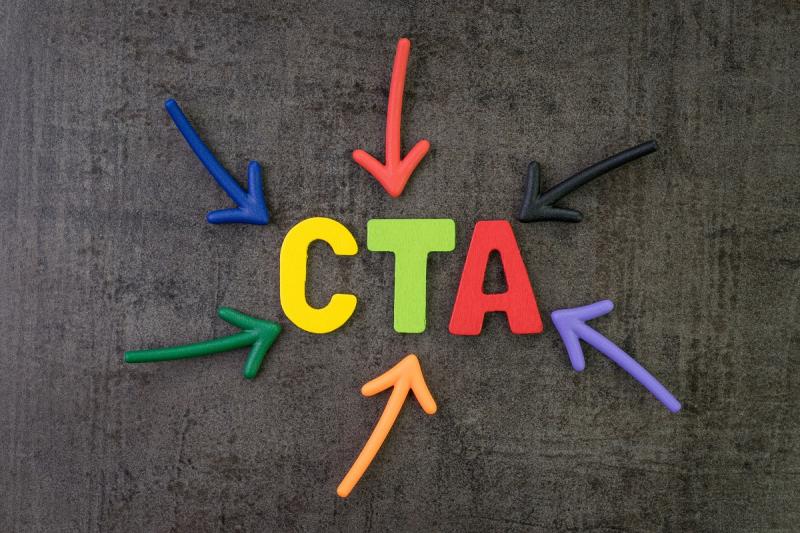
Article
A Call to Action: Crafting the Right CTA for Healthcare Audiences
The call to action (CTA) is arguably the most essential part of your healthcare marketing campaign. Why? Because the CTA provides a key signal about a person’s intention. It can also be the difference between losing a potential customer and making a sale. Calls to action are considered steppingstones that move your audience through the buying journey, and effective CTAs have significant impact on your conversion rates.
Matching CTAs to Desired Actions
CTAs are about more than getting a click. The activity an HCP engages in following this action is where you achieve real success. For example, moving a prospect from a PDF download to contacting a sales rep may take multiple CTAs. And not all CTAs are created equal when you consider the level of commitment following a click.
For example, using a “Contact Us” button at the end of a topical blog post may be premature when a lead is at the beginning of their engagement with your brand. However, using the same CTA within a product brochure will likely be more effective. Each of these engagements represents a different stage in a prospect’s buying journey.
So it’s important to align your CTAs with specific stages in that journey. Each engagement is an opportunity to generate “micro-conversions” along the way. Using a physician’s journey as an example, you can create various CTAs to move them through the following journey:
- Learning about an issue
- Researching treatment options
- Comparing the most suitable options
- Requesting product information directly from you
Each of these stages requires a unique CTA that addresses their need at that point in the journey.
Keep in mind that every click has its own objective but should also build to a “macro-conversion” such as a purchase or sales engagement. Ultimately, every call to action should be created with both micro- and macro-conversions in mind.
Creating Winning CTAs
To create winning CTAs, first determine what you want to happen. Where are you taking them? What do you want them to see next? What do you want them to do when they have completed a micro-conversion? CTAs are used for downloads, product views, requests for information, event registrations, and more. And each action requires different effort levels following the click.
Winning CTAs do more than make a request to act. They connect with a person’s desire to explore, avoid missing out on something, or be rewarded for taking action. Factors such as copy, visual elements, and even placement within your content have an impact on that desire.
For example, terms such as “Download Report” or “Learn More” can be somewhat generic and don’t create either a sense of urgency or an emotional response. Adding emphasis with phrases such as “Don’t Miss Out” or “Discover The Secret” help to connect with a person’s curiosity or fear of missing out.
It’s also important to be very clear with your CTAs. Healthcare professionals are busy individuals, so they prefer to engage with marketing content that will not waste their time. Winning calls to action must clearly express how prospects will be rewarded by taking action.
Three Keys to CTA Success
In addition to the above-mentioned tactics, there are three strategic requirements that will help you build effective CTAs.
Make it stand out. Prominently display your CTA within the content so that it is easily found. This can be near the heading, at a midway point within the content, at the end of the page but should be clearly visible among the page elements.
Vary CTAs based on audience. Different audiences can have different motivations. If you’re targeting patients, HCPs, and administrators, your CTAs should appeal to the motivations typical of that audience segment.
Test, test, test. Calls to action are no different than other marketing components. They should be tested frequently to find the most effective combination of messaging, design, and placement to achieve higher conversions. Even small changes may have notable impacts on success.
Keep up with the latest healthcare marketing trends, strategies, and more by visiting our blog and market intelligence library.
Article Written by: Alex Brown


